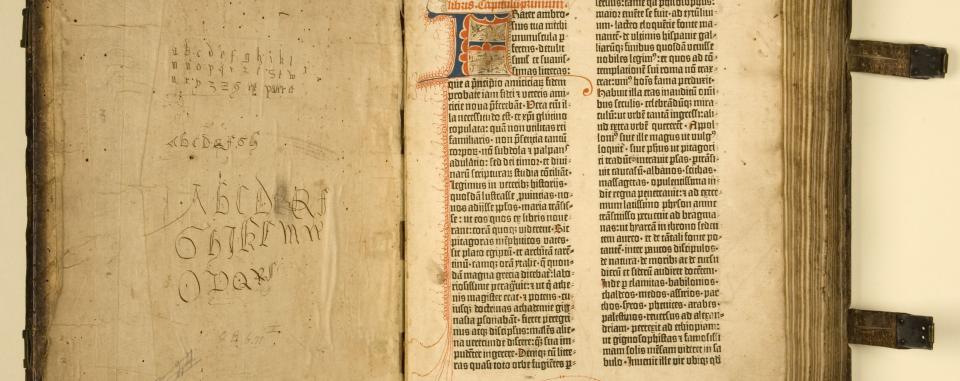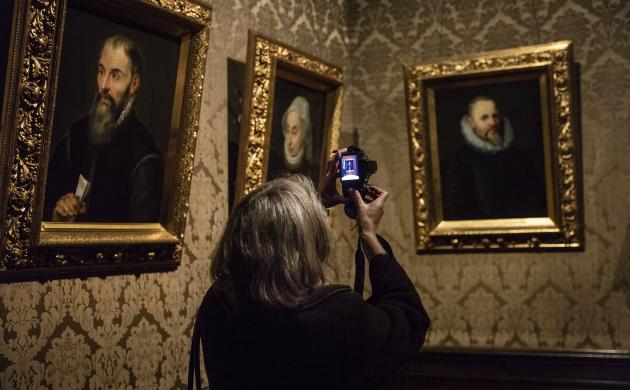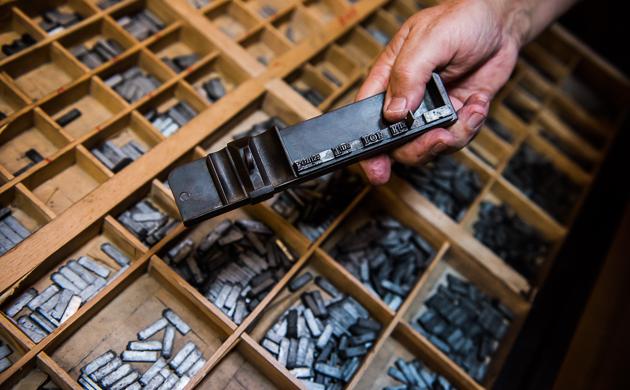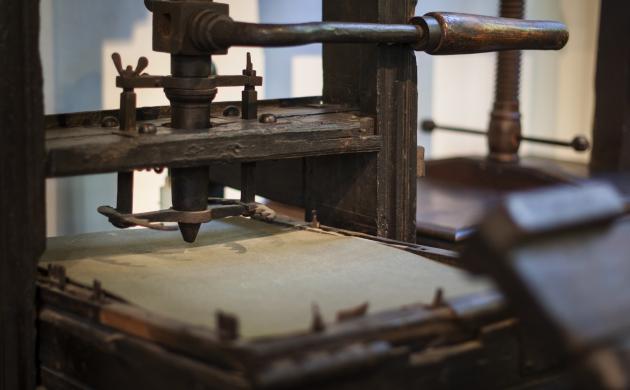One of 14 surviving copies
The so-called ‘36-line Gutenberg Bible’, named after the number of printed lines per column, is the second Bible to have been printed in Europe. It is the oldest printed work in a Belgian institution. Only 14 examples of the 36-line Bible have been preserved anywhere in the world. As one of the oldest surviving printed books, it is priceless. Printed with Johannes Gutenberg’s original type, it takes you right back to the invention of printing.
The second oldest Bible
Historians thought for a long time that this edition of 1461 – or even earlier – was the oldest. However, the 42-line Gutenberg Bible has been dated to the years 1452-1455, and is therefore older. Various clues suggest that the 36-line Bible was produced in Bamberg. Albrecht Pfister is often thought to have been the printer, but it seems more likely that other printers printed the Bible with this type from Gutenberg.
A dissolved Augustinian monastery
The origins of the copy in the Museum Plantin-Moretus are interesting. It was a gift from the Augustinians of Nuremberg to their fellow-monks in Antwerp. These founded a new monastery in 1514, but the Antwerp Augustinians soon faced charges of heresy. In 1522, their monastery was dissolved and their goods were sold publicly. Nobody knows exactly how this work then ended up in Plantin’s library.




